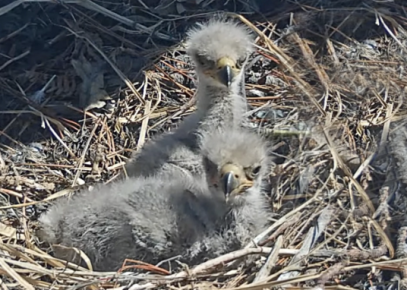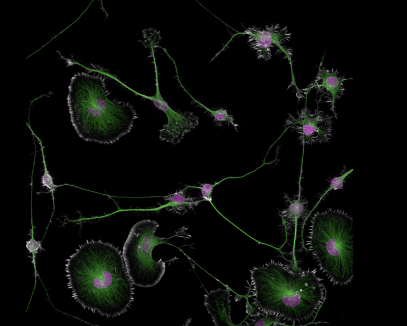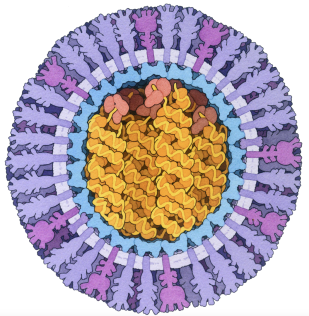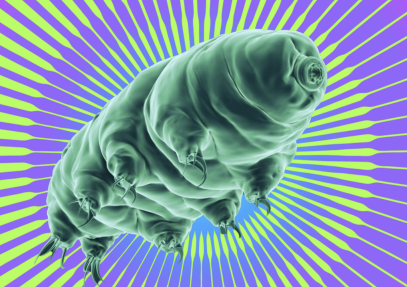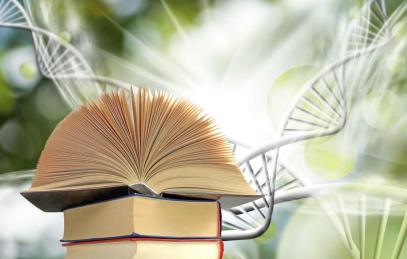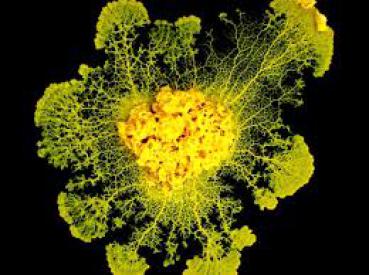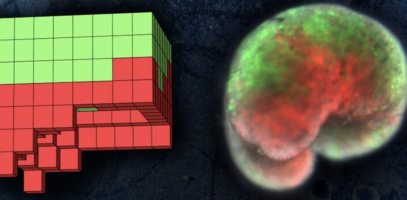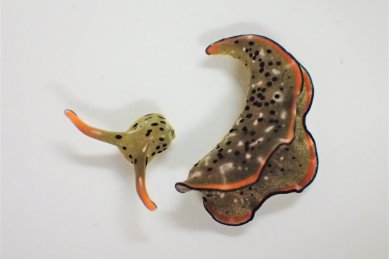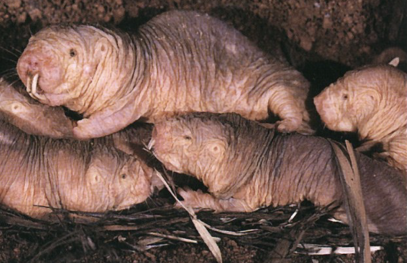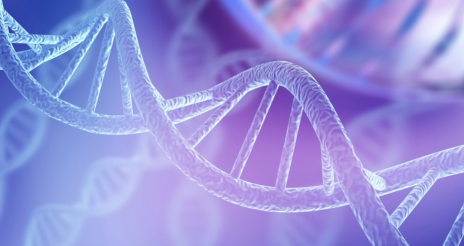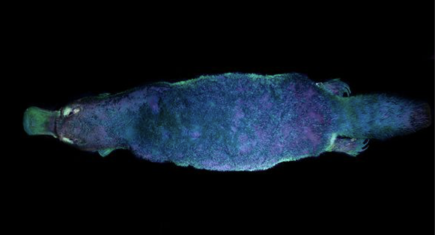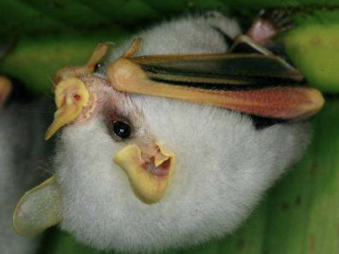
https://www.youtube.com/watch?v=B4-L2nfGcuE
https://www.friendsofbigbearvalley.org/eagle-history/
https://www.friendsofbigbearvalley.org/
Follow this incredible nest located in Big Bear Valley in the San Bernardino Mountains of Southern California. It's the current home for Jackie & Shadow, a local bald eagle pair. Jackie laid two eggs that hatched (we were waiting for two years since Spirit)! Two chicks named Sunny and Gizmo!
https://www.nikonsmallworld.com/galleries/2024-photomicrography-competition
Nikon Small World: photomicrographs and videos through the microscope.
This image reveals how disruptions in the cell's cytoskeleton (microtubuls) can lead to diseases like Alzheimer's.
https://pdb101.rcsb.org/sci-art/goodsell-gallery/influenza-virus
https://www.youtube.com/watch?v=f0rPXTJzpLE&t=5s
Art and Science! Cross section through an influenza virion. It is sourrounded by a lipid bilayer membrane (light purple) filled with hemagglutinin (purple), neuraminidase (magenta), and a few M2 proteins (small purple proteins). M1 matrix protein (blue) lines the inner side of the membrane. RNA- dependent RNA polymerase (red) is bound to the genomic RNA strands (yellow), wich are protected in a helical complex with nucleoprotein (orange).
Amazing drawing!
https://www.youtube.com/watch?v=TV7qAsp6x3w
https://www.youtube.com/watch?v=c7mqO-Gc7Xk&t=222s
https://www.youtube.com/watch?v=IH3ABle9k7A&t=76s
https://www.youtube.com/watch?v=kKVTT7zL7qA
A protein from tiny tardigrades may help cancer patients tolerate radiation theray. When scientists stimulated cells to produce a protein that helps tardigrades survive extreme environments, the tissue showed much less DNA damage after radiation treatment. 02/25
The tardigrade, an incredible animal!
In April 2019, the Arch Mission Foundation sent a probe to the Moon containing: the entire English-language Wikipedia and a thousand tardigrades placed in a
state of cryptobiosis (a state of metabolism completely stopped or at least that cannot be measured). It's the only species known on Earth capable
of surviving in the vacuum of space! The probe crashed on the surface of the Moon, and the tardigrades may have survived...We will find out on the next trip to Moon...
Nicknamed "water bears" because of their chubby bodies, tiny tardigrades are invertebrate that live all over the planet. Barely half a millimetre long, they move very slowly and clumsily on their
eight clawed legs. The way tardigrades can cope with all kinds of extreme conditions is astounding: they can withstand temperatures of -272°C, and just 20 minutes after being taken out
of the freezer, they start moving again. They also survive boiling water! Two tardigrades were successfully revived after being found in Antarctica, frozen for over 30 years.
Thanks to their state of cryptobiosis, their lifespan may be unlimited! They can withstand the vacuum of space. In 2007, thousands of cubs
were taken aboard a spacecraft and exposed to the vacuum of space at an altitude of 270 km. Upon their return, most of them showed no biological alterations and even reproduced normally.
Tardigrades also survive pressures equivalent to 300 times our atmosphere, and doses of ultraviolet radiation that are lethal to most living organisms. A protein synthesized specifically for tardigrades prevents their DNA from being damaged when they are irradiated, even by X-rays!
Finally, deprived of water, the animal is able to dry out and survive with only 1% of its normal water content. Its vital activity then drops to 0.01% of normal. Then, during the
rehydration process, tardigrades can even repair their own damaged DNA!
https://www.youtube.com/watch?v=wxStlzunxCw
Storing data in DNA may sound like science fiction, but it's the near future. Experts expect the first DNA data center to be operational within five to ten years. The data will not be stored as zeros and ones (bits) on a hard disk, but in the base pairs that make up DNA: ATCG. Such a data center would take the form of a laboratory, much smaller than those used today. In one part of the building, new files will be encoded by DNA synthesis. Another part will contain large fields of capsules, each containing a file. A robotic arm will remove a capsule, read its contents and replace it. Files and photos currently stored in data centers can then be stored in DNA. Storing data in DNA offers a number of advantages. It is less expensive, more energy-efficient and more durable. Studies show that DNA properly encapsulated in salt remains stable for decades at room temperature, and should last much longer in the controlled environment of a data center. DNA requires no maintenance. Scientists explain that in a few years' time, we'll be producing so much data worldwide that we won't be able to store half of it! Indeed, it's estimated that humanity will produce 33 zettabytes of data by 2025 - that's 3.3 followed by 22 zeros. DNA storage allows all this information to be stored in a a ping-pong ball, with room to spare. The 74 million million bytes of information in a country's library could be stored in a DNA archive the size of a poppy seed - 6,000 times larger. If you split the seed in half, you could store all Facebook's data. To be continued... DNA would not replace thum drives for storing and retrievinf data but would be reserved instead for "archival purposes" safeguarding things humanity wants to put in a vault for a long period of time.
A team of scientists succeeded in storing data in the DNA of living cells. After all, DNA is biology's first information storage medium. The researchers converted digital
data into biological data, using the Crispr-Cas9 enzyme molecular scissors. The digital data was stored directly, in vivo, in the chromosome of an E.coli
bacterium. Until now, different attempts had been made using synthetic DNA.
Using the 4 DNA bases adenine, cytosine, thymine and guanine, they assigned different combinations of these DNA sequences to different letters of the alphabet. They were able to encode a 12-byte text
message inside E.coli cells: the famous "Hello world" message used by computer programmers.
After sequencing the bacterium's genome, the researchers were able to decode this message. The advantage is that this data placed in DNA is protected by the cell
and its defense mechanisms...a long-term storage system that will replace our hard drives...great promise as a next-generation high- density data medium in the digital era.
01/21
https://www.youtube.com/watch?v=6dH2Ct3JEvA
https://www.youtube.com/watch?v=Dwcx6yCdDE8&t=7s
https://royalsocietypublishing.org/doi/10.1098/rstb.2022.0063
The blob can reverse the course of time and become younger!
Old blobs show signs of aging. The older a blob is, the slower it becomes. If older blobs are placed in the presence of younger blobs, they merge. As a result, old blobs can reverse their
aging process by merging with young blobs. They can also do it by going into dormancy. This is known as rejuvenation. 02/23
The "BLOB" named based on the science fiction movie. Physarum polycephalum is neither an animal, nor a plant, nor even a fungus. It is made
up of a single giant cell that can grow to a size of 10 m2. It is therefore an unicellular organism called a protist.
The blob lives in the woods and feeds by gradually covering organic matter (dead wood, fungus), which it digests completely. In the laboratory, it can be grown and fed with oat flakes: 1 kg per week
and it doubles in size every day.
The blob moves by extending its filaments at a speed of 4 cm per hour!
Cut into small pieces, the blob heals itself in less than 2 minutes and reorganises itself...
Finally, the blob learns and passes on its knowledge. It doesn't like salt and, after training, can cross a bridge to reach its food. What's even
more astonishing is that a naive blob, that comes into contact with an experienced blob, becomes an expert. The blob: a cell that learns.
https://edition.cnn.com/2020/01/13/us/living-robot-stem-cells-intl-hnk-scli-scn/index.html
https://www.youtube.com/watch?v=aQRBCCjaYGE&t=30s
Xenobot: a tiny cellular robot measuring just a few hundred microns made in vitro from living frog stem cells. Form never seen in nature! This robot is capable of moving and surviving on its own for weeks without energy input! It can also repair itself in a few minutes if damaged, while continuing to work. The robot is also self-creating and self-assembling. It is made entirely up of organic matter and is an assembly of living cells via an algorithm. Stem cells are unspecialized cells that have the ability to develop into different cell types. The cells from frog embryos were cut and reshaped into specific "body forms" designed by a supercomputer. A year later, the researchers have improved their model: a xenobot that swims faster and reacts to light. Now, the xenobots can also replicate! Xenobots could be used to clean up radioactive waste, collect microplastics in the oceanx, carry medecine inside human bodies, or even travel into our arteries to scrape our plaque. The xenobots can survive in aqueous environments without additional nutrients for days or weeks, making them suitable for internal druf delivery. Aside from these immediate practical tasks, the xenobots could also help researchers to learn more about cell biology, opening the doors to future advancement in human heath and longevity. "If we could make 3D biological form on demand, we could repair birth defects, reprogram tumors into normal tissue, regenerate after traumatic injury or degenerative disease, and defeat aging." saind the researchers. This research could have "a massive impact on regenerative medicine (building body parts and including regeneration). It may all sound like something from a dystopian sci-fi movie, but the researchers say there is no need for alarm.
https://www.youtube.com/watch?v=6vQFbxfIYNg
The sea slug Elysia marginata is capable of voluntarily cutting off its own head and regenerating all its key organs, including its heart! This is
unprecedented in the animal kingdom! One day, a Japanese researcher (Nara University) was stunned to notice a slug's head wandering around on its own in his laboratory aquarium. He thought
that, without a heart and other important organs, the sea slug (or rather its head) would soon die! But to his amazement, the animal regenerated its entire body
in just a few weeks, including its heart, intestines and reproductive organs. 03/21
A few hours after decapitation, the cut head began to feed on algae. After 7 days, the heart had grown back and, within 3 weeks, the whole body was regenerated! The other part of the body, on the
other hand, never grows back, but can still move for days or even months.
Although autotomy (the act of willingly separating from one's body part, like lizards abandoning their tail to escape from a predator) is common in the animal kingdom, the self-decapitation of this
sea slug is completely new! Researchers believe it's an effective way of getting rid of parasites that can prevent them from reproducing.
Finally, another extraordinary phenomenon of this animal is that it "steals" photosynthesis from algae. This would explain its extraordinary power of regeneration! It steals
chloroplasts (where photosynthesis takes place) from algae, enabling it to produce its own organic matter from light, water and mineral elements. This green sea
slug, practicing kleptoplasty, is capable of photosynthesis to produce energy and regenerate its missing organs.
https://www.nature.com/articles/s41467-024-46470-x
https://www.youtube.com/watch?v=A5DcOEzW1wA&t=101s
https://www.brut.media/us/videos/the-earth/animals/the-naked-mole-rat-is-one-of-the-toughest-animals
https://www.nature.com/articles/s41467-023-36284-8
The naked mole rat has a lifespan of 30 to 32 years (compared with 3 to 4 years for a mouse), which can be regarded as if humans had a life expectancy of 600 years old! It is mind-googling to see how this animal is completley resistant to cancer. In fact, if scientists put an aggressive cancerous tumour into a mole rat, it rejects it efficiently. Similarly, if it is exposed to carcinogenic chemicals, nothing happens! The cancer mechanism never starts within this species.
Ultra-high molecular weight hyaluronic acid may protect naked mole rats from cancer. Indeed, its polymer has a value 5 times higher compared to human hyaluronic acid.
If researchers squeeze the neck of a naked mole rat for 17 minutes, thus deprive it of oxygen, tha animal does not die and its brain is not damaged at all! In addition,
it is acid-resistant.
The naked mole rat is one the most studied animals by researchers because of not developping cancer, not aging at all and having an incredible
lifespan.
Unlike humans and other mammals, which become less fertile with age, naked mole-rats can reproduce throughout their remarkably long lifespans. These findings could eventually point to new therapies for people. Compared to others mammals, naked mole-rat queens can breed right through old age, suggesting the rodents have special processes to preserve their ovarian reserve and avoid waning fertility. At 8 days old, the females have 1.5 million egg cells per ovary, about 95 times more than mice of the same age, and oogenesis continue throughout their lives. Exceptional fertility also! 02/23
If you type naked mole rat into Google news, you will find many recent articles about this incredible animal.
https://www.youtube.com/watch?v=ugCghd_xCe0
The first minimal synthetic cell capable of multiplying. Researchers have created a synthetic single-cell organism (minimal cell), similar to a bacterium, which perfectly mimics the process of cell division, just like a natural cell. This represents ten years' work. Five years ago, this team produced the first minimal unicellular organism with the smallest genome: just 473 genes, but all essential for life. The researchers modified this genome and added seven additional genes to make the cells divide perfectly (mitosis). 03/21
https://www.degruyterbrill.com/document/doi/10.1515/mammalia-2020-0027/html
https://www.csiro.au/en/news/All/News/2018/March/Saving-lives-with-platypus-milk Vidéo
Saving life with platypus milk!
The platypus is a strange animal. Although a mammal, this Australian endemic lays eggs and has poisonous spines on its hind legs. It has also a
beaver-like tail and a duck-like beak with receptors that pick up variations in the electric fields of its prey. In fact, they hunt their prey in the water, using neither their eyes nor their ears.
Along with echidnas, they are the only mammals that practice electroperception (monotreme group).
Another strange feature: its fur is fluorescent! The platypus is biofluorescent: its fur emits a blue-green glow when exposed to
ultraviolet (UV) light. Mammalia 10/20
What's more, a team of Australian biologists identified a protein present in the milk of female platypuses, with impressive antibiotic properties.
Platypus milk could help combat one of humanity's looming problems, antibiotic resistance, scientists say.
https://www.youtube.com/watch?v=Z4BL-LyEuZg
https://www.who.int/news-room/fact-sheets/detail/marburg-virus-disease
https://edition.cnn.com/2025/02/25/health/newly-named-coronavirus/index.html
https://www.nytimes.com/video/science/100000002459286/sciencetake-tiny-bat-long-tongue.html
Bats are again in the epidemiological spotlight, because of being the reservoir of SARS-CoV-2 (like other Coronaviruses SARS and MERS, or Ebola hemorrhagic fever...). Bats, or chiroptera, number around 1,400 species representing 20-25% of all mammals (only 3 species feed on blood and are considered vampires). Bats are healthy carriers and therefore the reservoirs of new viruses. Each bat species has its own virus pool. Researchers estimate that bats harbor 300,000 viruses that are still unknown. The vast majority of bat viruses have no zoonotic potential, meaning they cannot be transmitted to humans. Since bats don't get sick, their immune system has been the subject of many researches: they don't develop inflammation and constantly produce small doses of interferon alpha (an antiviral molecule).
Despite their poor image, bats are essential to biodiversity. Insectivorous species are essential for limiting the proliferation of harmful insects. Those that feed on nectar and fruit contribute to pollinisation and the dispersal of plant seeds.
The scientists discuss the global health concerns posed by an increasing number of interactions between humans and bats.
Non , il ne s'agit pas d'une vue d'artiste! Ces formations rocheuses multicolores se situent en Chine dans le parc national de Zhangye Danxia dans la province de Gansu. Ces teintes vibrantes et rectilignes sont le fruit des interactions entre l'eau, l'oxygène et le fer présents dans les sédiments, ainsi que d'autres minéraux déposés par l'eau souterraine. Ces couches se sont formées horizontalement, se sont superposées et solidifiées pendant plusieurs millions d'années. Les forces tectoniques responsables de la formation de l'Himalaya, il y a 40 ou 50 millions d'années, ont ensuite provoqué leur élévation et leur inclinaison. Puis le vent et l'eau (érosion) ont sculpté les contours escarpés de ces montagnes pour donner ces reliefs étonnants.
La recherche
